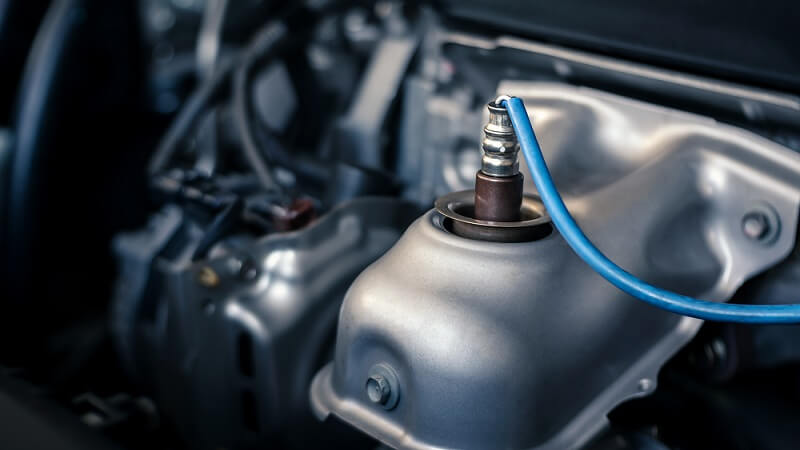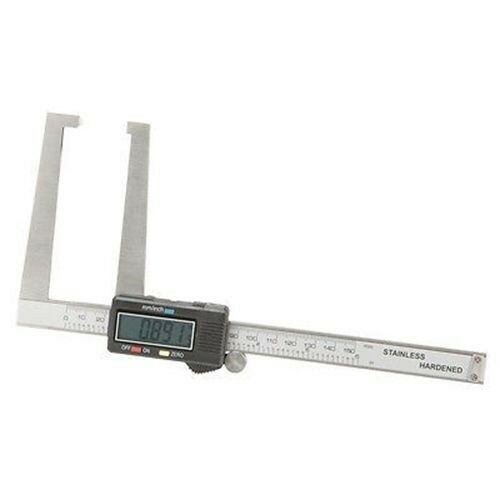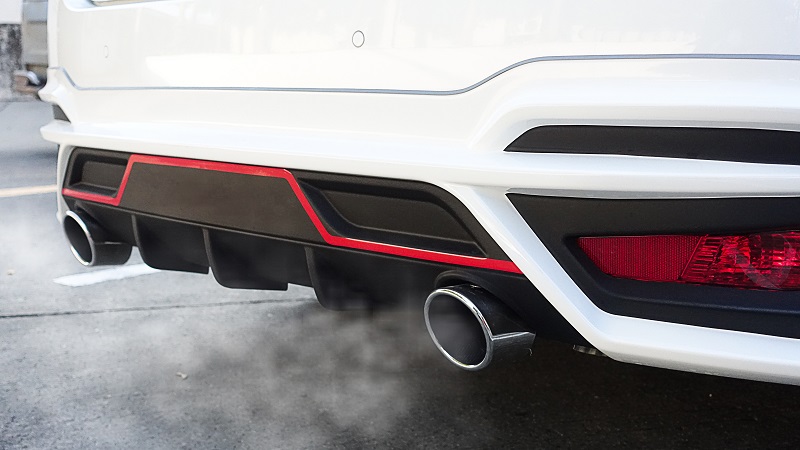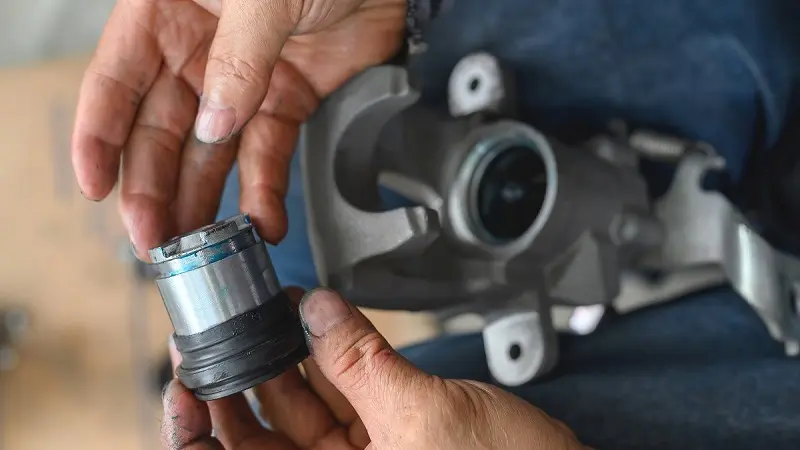If you are having problems with your AC system or it has suffered a failure, then it is an essential part of the AC service to restore the cooling performance to the system – FLUSHING!

What is flushing?
Flushing is necessary to ensure that the system is clean and free of contamination to operate efficiently! Even the smallest impurities cause restriction and problems of the compressor’s proper working. It takes less than 1/10 of a teaspoon of debris (dirt) to completely restrict the flow of refrigerant and oil in the typical auto AC system.
Why and When to flush?

It is always necessary to lubricate the AC compressor. The AC compressor is the only moving part in the entire system and the only reason for oil in the system. The oil is being circulated throughout the system, that means that all the components (condenser, hoses, tubes, evaporator, drier, accumulator) have some coating of oil internally. If any dirt, debris or contamination enters in the system, all components are affected. Cleaning the oil (and oil film inside the components) will avoid all of the contamination from the AC system. Remove the old oil – remove the contamination!
Always flush the AC system whenever you replace or remove the AC compressor, or whenever there is any contamination in the system. Every time remove and inspect the orifice tube. From the orifice tube, you can see the AC system’s condition. If you see any debris on the orifice tube should cause you to look for other indications of contamination.
How to Flush :
Safety First
Always Use Eye Protection!
1. Recover the A/C system refrigerant in accordance with local, state, and federal laws.
2. Disconnect all hoses from components to be flushed. Remove the orifice tube which is located in the liquid line or at the condenser or evaporator, or the expansion valve.
3. Remove the cap. Add a special AC system flusher/cleaner to the cylinder. Replace the cap. Tight all flush cylinder connections.
PRO TIP: Never Flush the A/C compressor, the orifice tube, the expansion valve, the accumulator, or the receiver drier
4. It is recommended to first “back-flush,” flushing from an outlet to inlet on condensers and evaporators, to dislodge debris. Then flush the component from inlet to outlet.
5. In order to avoid spraying of flush, oil, and other debris, attach a hose or optional flush capture hose to the exit end of the component to be flushed. Place the hose in a suitable container to capture the used flush solvent.
6. With the cylinder in an upright position, pressurize flush container or attach compressed air to the cylinder and fill to 70-100 psi.
7. Insert the tip of the flush gun into the component to be flushed. Press handle on the gun to release flushing agent. Continue to flush until all contaminants have been removed. Repeat as necessary.
8. Dispose of the flush solvent by local, state, and federal laws.
9. Make A/C system repairs and evacuate for a minimum of 30 minutes to make sure the system will hold a vacuum.
10. Add refrigerant and test for leaks.
For more info, check out our article “AC Compressor”.





